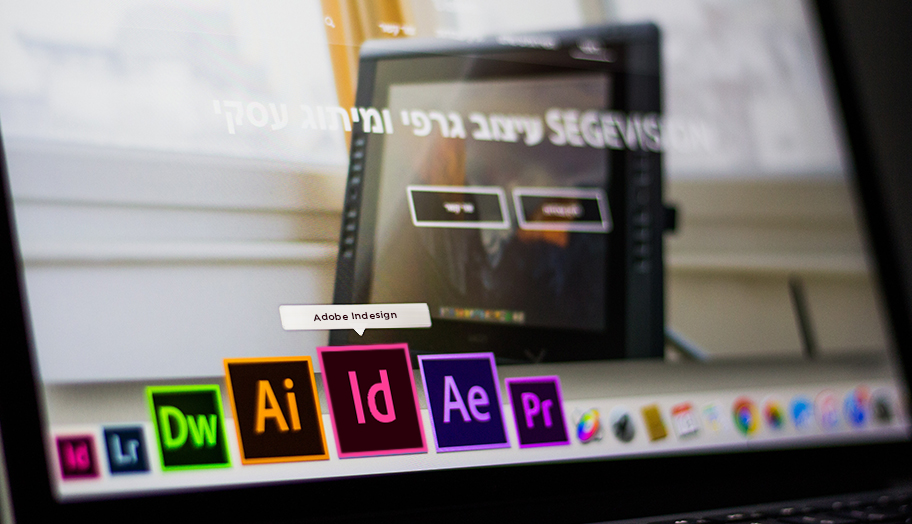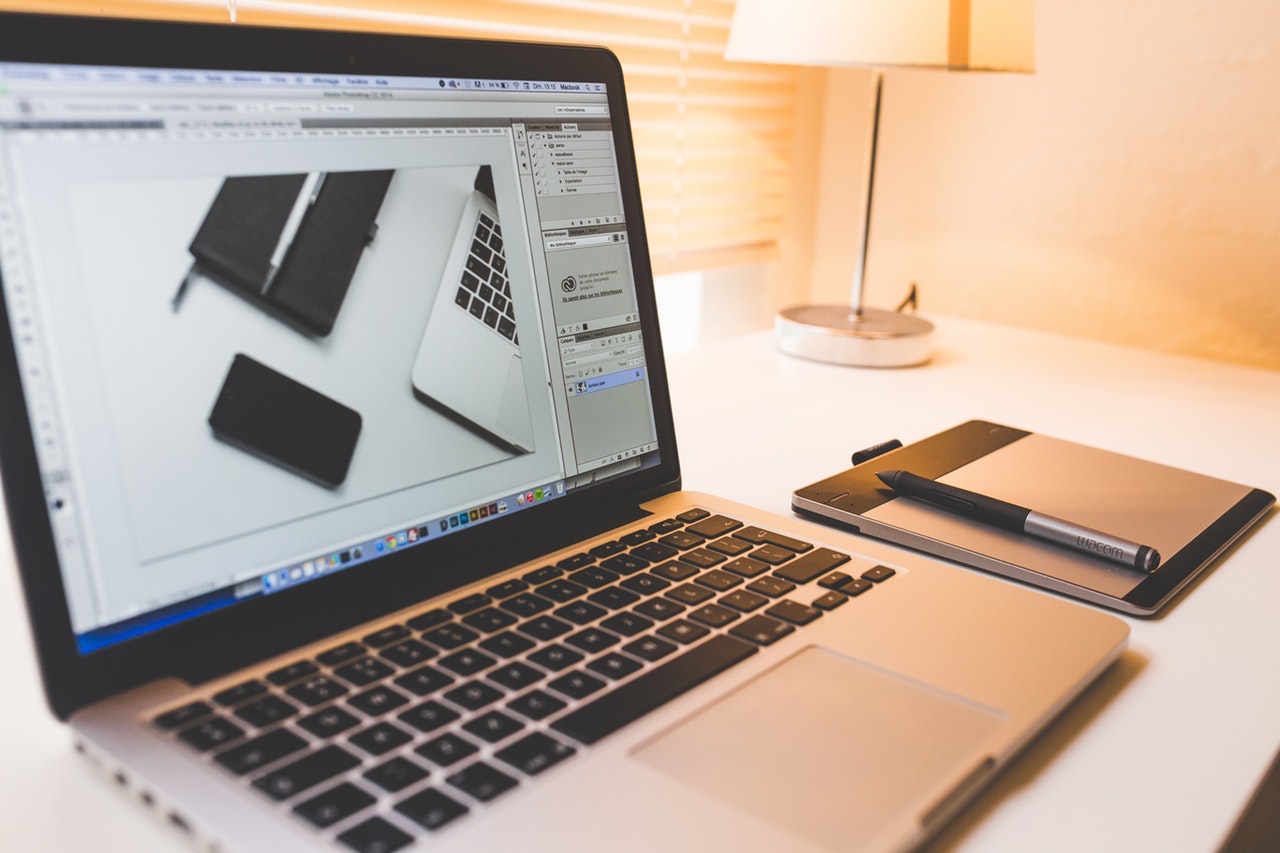We are living in a digital age in which you can do many things with the help of a computer. In fact, computers are used in most industries including content generation, marketing, and publishing. Designers, artists, and content creators use digital programs to create designs.
To do this, these individuals use a computer and different software to make designs that suit their respective purposes. Now, there are many different programs to choose from. Each program offers different features that are suited for various kinds of designs.
Adobe InDesign is one of the most widely used software programs of digital design. Interested in using this program? Below, we will tell you what you need to know to get started.
What Is Adobe InDesign?
With the long line of design programs from Adobe, you might be wondering what makes InDesign the preferable software for many. InDesign is tailored for designing and publishing layouts.
Users can also create graphic designs and typographies using this program. It can be used for print and digital media including stationery, flyers, posters, annual reports, magazines, and eBooks.
It contains a wide selection of tools for layouts and typesetting, making it a versatile software for print and digital media. For creative teams, InDesign is also equipped with tools that enable efficient collaboration.
The great thing is that it can be integrated with Adobe’s Creative Cloud and Experience Manager, making smoother collaboration possible.
Starting With Adobe InDesign
Now that you know the strengths of InDesign, you might be looking forward to taking advantage of its features. Is it your first time using this program? Check out the brief guide below.
Understand The Basics
One of the most important things to do is to get to know the basics. To use this program, you will need to set up your document. To do this, you simply need to run the program.
Upon doing so, you will be met with a Preset Details box. Within that box, there are options to customize document size, number of pages, and columns. There are preset values, but you can also enter your preferred measurements, amount of pages, and columns.
Then, you will need to set up the bleed and slug. Bleeds are elements that extend over the boundary of the page. Meanwhile, slugs are areas beyond the page, which usually contains instructions or information. Then, you can enable grids and guides before starting.
Get To Know The Tools
Another important part of the interface of InDesign is the toolbar, which is located on the left part of the document. This is the bar that contains every basic tool you might need. There are 19 tools you can use in this program.
However, beginners commonly use only several of them. These would namely be the selection, text, line, rectangle frame, rectangle, gradient swatch, note, and color theme tools.
These basically let you select elements, as well as place texts, lines, shapes and colors in your design. The remaining tools include the direct selection, page, gap, content collector, pen, pencil, scissors, free transform, gradient feather, hand, and zoom tools.
Explore InDesign’s Functions
As mentioned, you can add different elements to create your design. This includes texts, graphics, color, effects, layers and interactive media. Using the basic tools above, you can add texts and format them as you like in the panels located on the right.
This will show you Properties, Pages, and Libraries to help you take liberty with the document. You can also place graphics through the menu bar by clicking the file and choosing a place. You will be prompted to choose the image you want to insert.
When you are finished working on your design or layout, you need to save your document. You can do this by selecting file, clicking save, then choosing the save as option. You will be given the option to save your design in different formats.
However, if you plan to continue working on your file, then simply save it in INDD format. This retains editable elements such as layer and type.
Bottom Line
Now that you know how to get started with InDesign, you can go ahead and download the software so you can start exploring! With time and practice, you are sure to create elegant and creative designs for your presentations, as well as your digital and print projects.
Last updated on January 28th, 2021 at 10:13 pm








